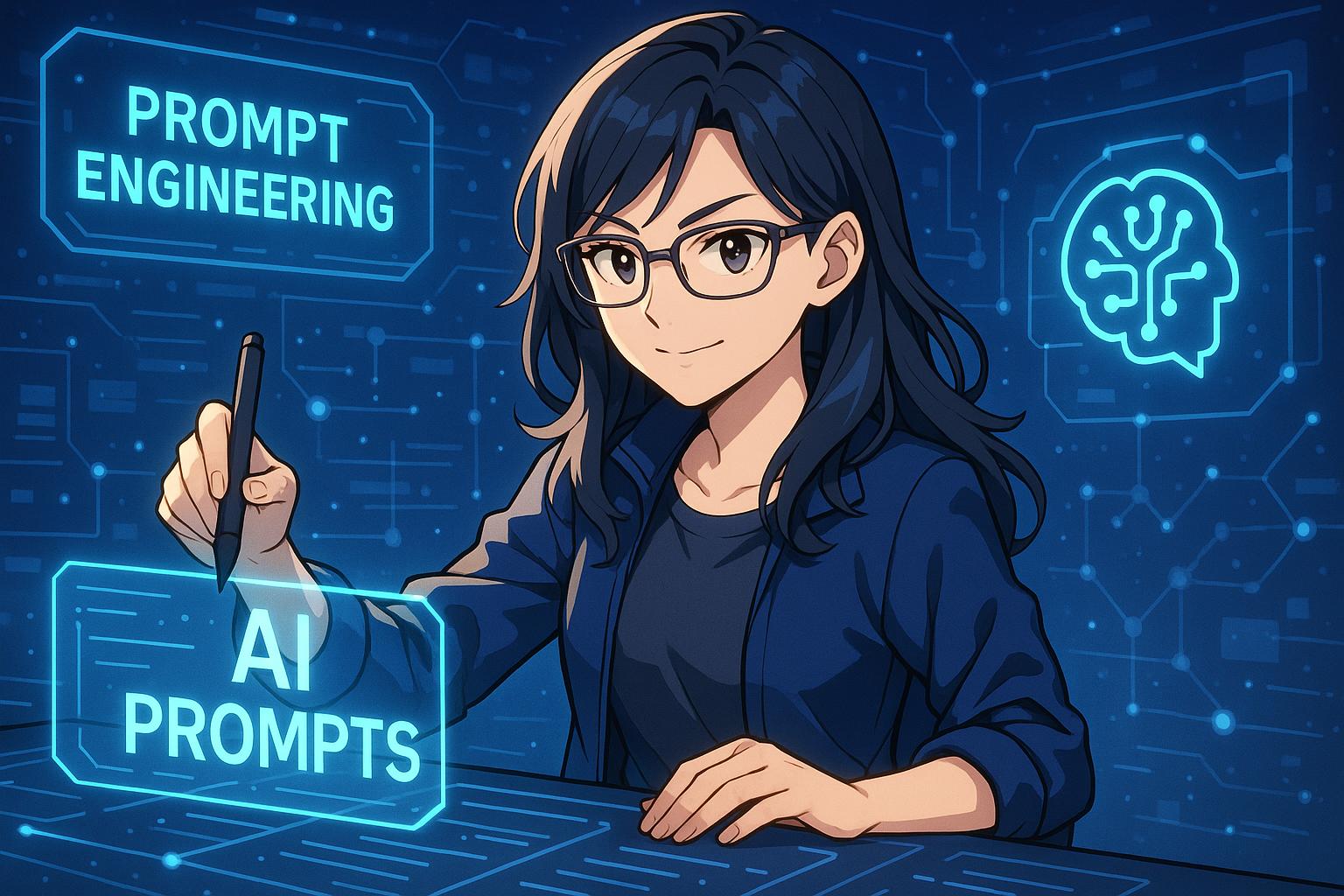Artificial intelligence (AI) remains a fascinating yet perplexing domain, one that can produce answers with remarkable veracity and creativity but also frequently generates responses that stray into the realms of the nonsensical. This dilemma, encapsulated by the observation that AI does not possess awareness of its limitations—illustrated by its erroneous confidence in asserting that Josip Broz Tito is the current president of Yugoslavia—highlights the critical need for effective communication with these systems. Central to this dialogue is the emerging skill of prompt engineering, which is becoming essential for anyone looking to harness the true potential of AI technologies.
Prompt engineering can be understood as the art and science of crafting questions and instructions for AI models. Unlike traditional digital skills, which often require a technical background, prompt engineering represents a new form of digital literacy accessible to a wider audience. Similar to learning how to write an effective email or compose a message within character limits, the capacity to create specific, well-tailored prompts empowers users to initiate productive conversations with AI. For example, a standard query about Nikola Tesla yields basic biographical data, while a more nuanced prompt asking the AI to adopt the persona of a 1930s journalist invites a richer, more evocative narrative. The distinction in outcomes underscores the relationship between user input and AI response quality.
Recent insights advocate for several strategies to optimise this interaction. By assigning a role to the AI—whether as an art historian or a marketing consultant—users can significantly enhance the relevance of the responses. Furthermore, adjusting the audience context, using clear constraints, and even incorporating examples can lead to more targeted and engaging outputs. Tips found in practical guides suggest utilising “chain-of-thought” prompting, which allows AI to manage complex queries step-by-step, ultimately driving better results.
As AI technology continues to advance rapidly, the importance of mastering prompt engineering becomes increasingly evident. Reports estimate that the demand for prompt engineers, individuals who specialise in crafting prompts that maximise AI output, is surging, with some positions commanding impressive salaries—upwards of $335,000 per year. The emergence of these roles signifies a shift in workplace dynamics, where AI is perceived more as a collaborator than a mere tool. Given AI’s propensity to manage mundane tasks, professionals are afforded the opportunity to focus on more substantive aspects of their roles. This transition aligns well with societal trends that esteem human-created work, much like the allure of handcrafted goods, as a marker of value and skill.
Yet, as the field evolves and AI systems grow more sophisticated, there are valid concerns regarding the sustainability of such roles. Experts caution that as AI capabilities proliferate, the need for human input in crafting prompts may decline. The intricacies of prompt engineering underscore the volatile nature of this new digital skill—what is in high demand today may transform or diminish in relevance tomorrow. This dynamic landscape, however, only strengthens the argument that proficiency in prompt crafting is a crucial aspect of contemporary digital competence.
Navigating through the intricacies of prompt engineering may feel daunting, yet it remains an essential skill for anyone wishing to engage meaningfully with AI technologies. The ability to communicate effectively with AI could well determine the quality of information and insights one derives from these powerful systems. In an era defined by rapid technological advancement, fostering this new form of literacy is paramount to ensuring that AI serves as a reliable assistant, rather than a source of confusion or misinformation. Ultimately, the journey ahead requires not just technical understanding but also a keen sense of creativity and critical thinking—skills that will empower users to leverage AI’s capabilities to their fullest potential.
Reference Map:
Source: Noah Wire Services
